(Updated 8/2023)
The Taj Mahal, standing tall on the banks of the Yamuna River in Agra, India, has always been a photographer’s delight. But capturing its grandeur and intricate design was mostly limited to professional photographers with high-end cameras. Nokia’s innovation in mobile phone cameras changed that.
In 2007 I captured the majestic Taj Mahal, India’s iconic symbol of love and architectural marvel, through the lens of a Nokia phone camera. This event wasn’t just a novelty; it marked a turning point in accessible photography and displayed the incredible advances in mobile camera technology.
In 2007, Nokia’s phone cameras were making waves for their quality and convenience. They allowed everyday individuals to take photographs that were once only possible with professional equipment. Capturing the Taj Mahal with a Nokia phone demonstrated that photography was no longer confined to the elite but was within reach of the general public.
The image of the Taj Mahal taken with a Nokia phone camera was more than just a photograph exhibiting the Taj Mahal in its natural glory under the soft late afternoon sunlight; it was a testament to technological evolution. Though not as detailed as photos taken with professional cameras, the image captured the essence and emotion of this magnificent monument.
Nokia and the Mobile Photography Revolution
Nokia’s commitment to enhancing camera technology in mobile phones paved the way for a new era. The Taj Mahal’s photograph tells about this revolution, which later was to give rise to a culture where anyone could be a photographer, capturing and sharing life’s moments instantly.
From journalists who began to use mobile cameras for on-the-spot reporting to travelers sharing their experiences in real-time, the impact was profound. Nokia’s role in this transformation is undeniably significant, setting standards for quality and innovation that continued to influence the industry.
The photograph of the Taj Mahal taken with a Nokia phone camera in 2007 wasn’t just a beautiful image; it was a milestone in technological advancement and cultural shift. It proved that art and creativity were not confined to specialized tools but could thrive with something as ubiquitous as a mobile phone.
As we continue to see advancements in mobile camera technology, the 2007 image stands as a reminder of a significant leap that made photography accessible to all. It represents a democratization of an art form and signifies how technology can break barriers, fostering creativity and connection across the globe.
Here you can see Taj Mahal in Agra, India, which I photographed with a Nokia phone camera in 2007.
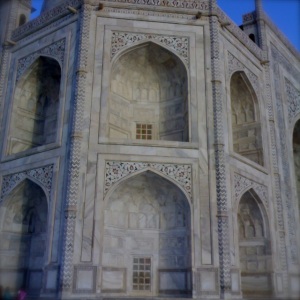
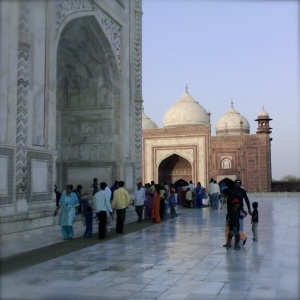

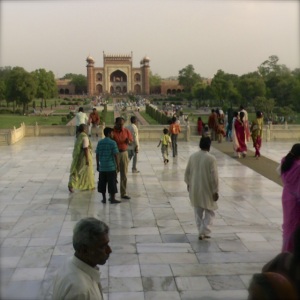

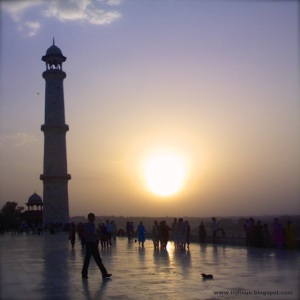

For a comparison see also Taj Mahal photographed with an iPhone-lens, Taj Mahal photographed with a digital compact camera and Taj Mahal photographed with an SLR camera. All photographs by Indivue.
See also the video of Sunset behind Taj Mahal
and find more photographs of Taj Mahal in one minute here

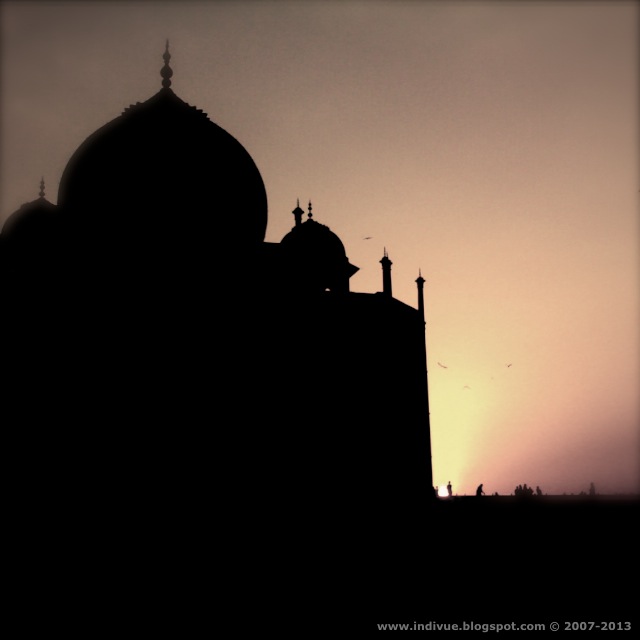


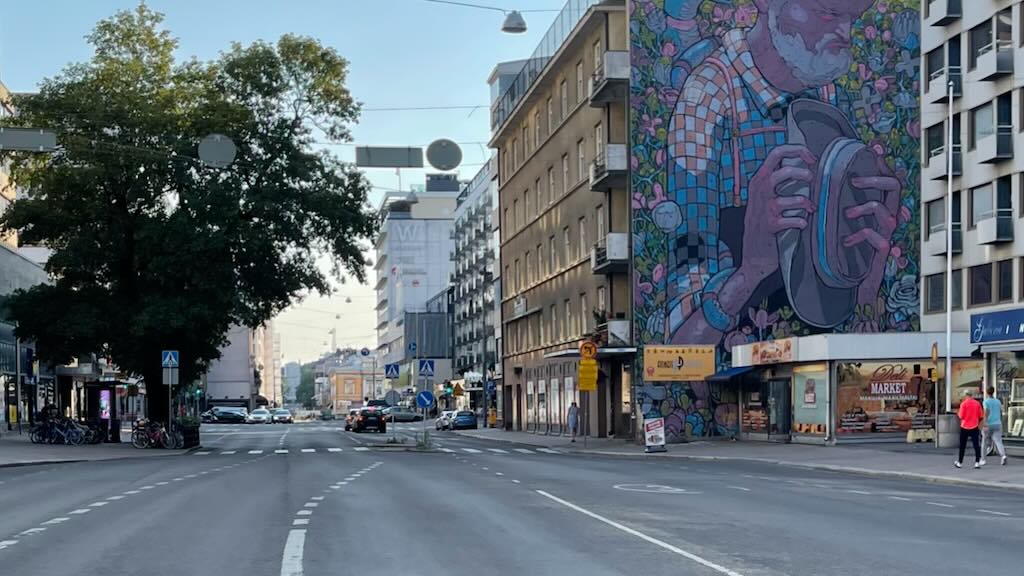

Leave a comment